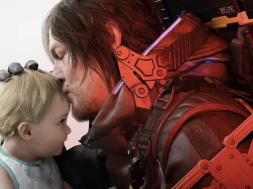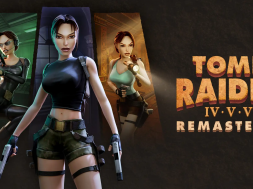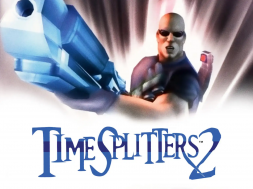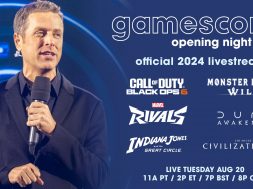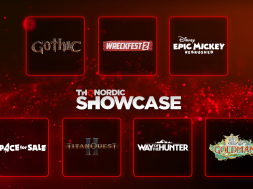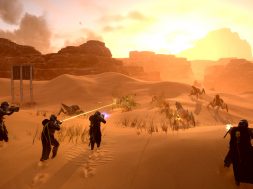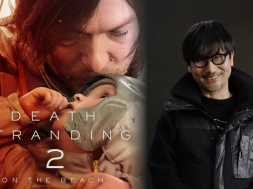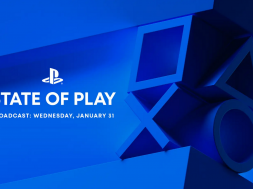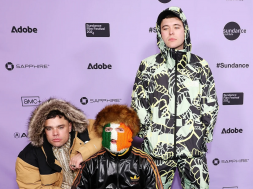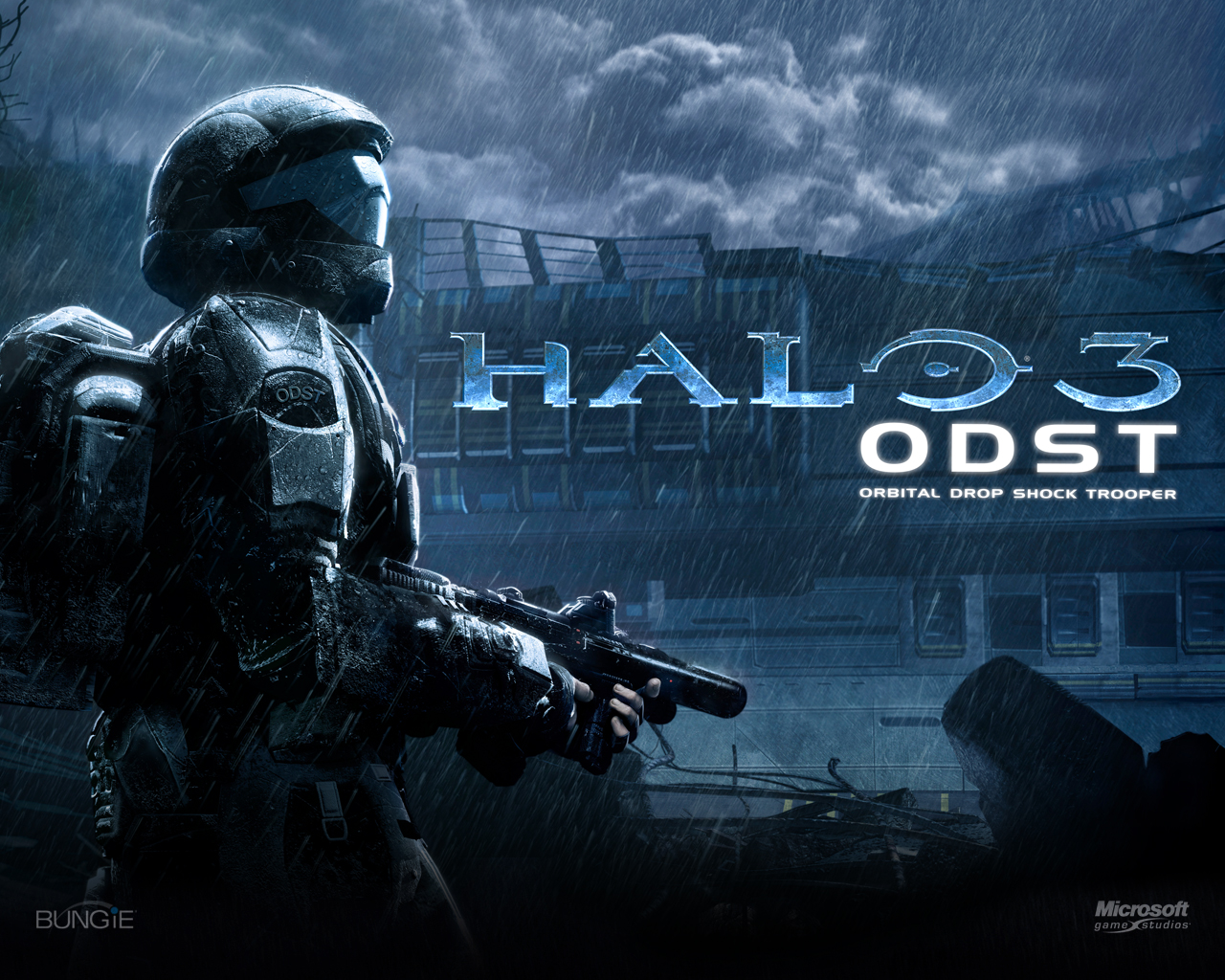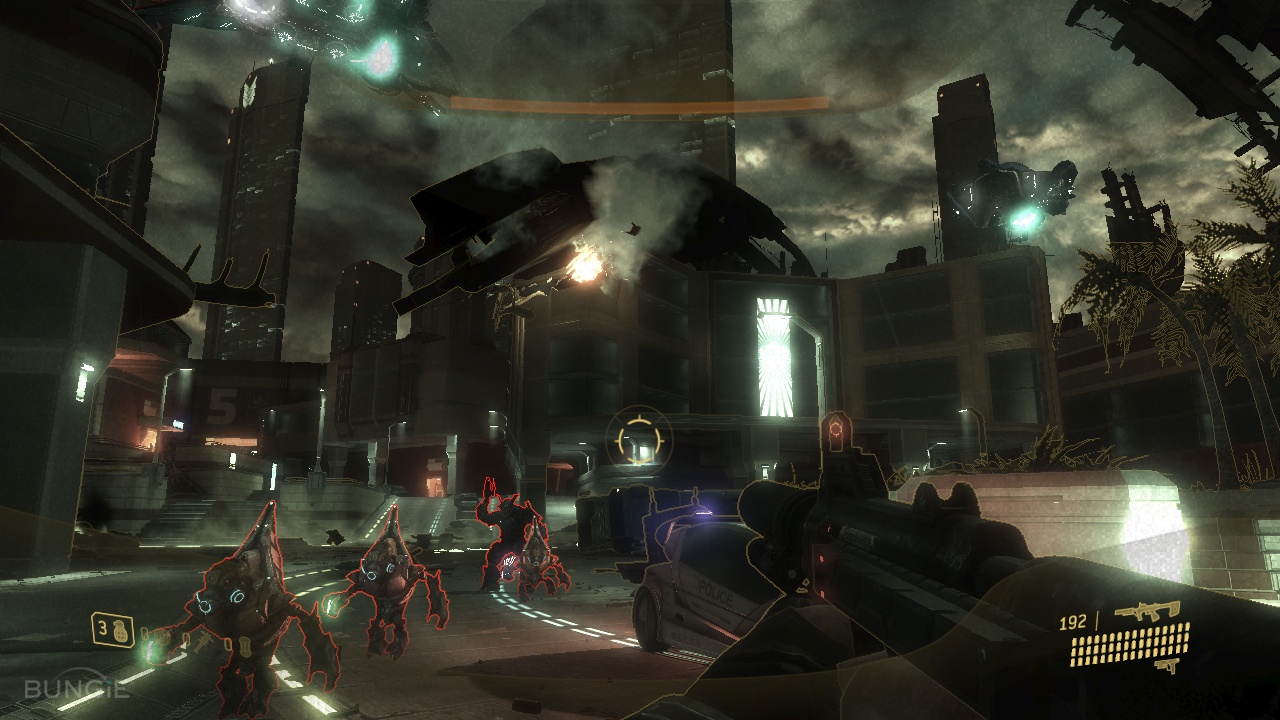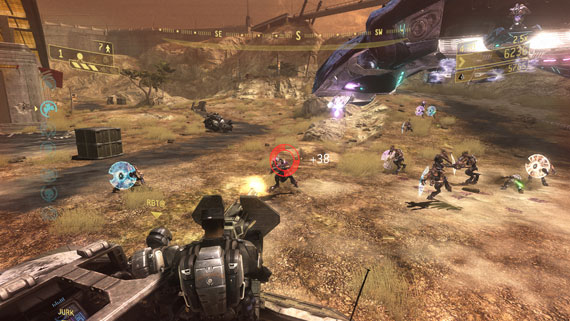After around eight years or so, I’m finally ready to say my goodbyes to Halo. It was the franchise that made me get an Xbox 360, and I can recall countless evenings playing Halo 3′s excellent campaign in co-op or the great multiplayer of Reach. I even read the novels: Ghosts of Reach is still a great military sci-fi book in my eyes. I got Halo 4 and played a decent amount of multiplayer and most of the campaign, but it was around the time I fell out of love with console gaming, especially shooters, entirely. And yet, I never plan on buying an Xbox One. I don’t care about the universe any more. I couldn’t give a damn about the vast amount of novels and other tie-in media they’re farting out at an alarming rate these days. I just don’t care. And yet, I did love the games and their universe intensely at one point. But for all the praise that’s rightfully heaped on other entries in the series, I’d honestly say that apart from Halo 3 itself, ODST might just be my favourite entry in the series.
It just tried so many new things, both for its own franchise and shooters in general at the time. It had a non-linear story, told through in medias res, connected by a free-roaming open world futuristic vision of New Mombasa. Instead of the galaxy-spanning conflicts and the ancient alien megastructures of the main series, it told a much simpler tale of a separated squad trying to find each other across a war-torn city and uncover its secrets at the same time. It had a detective-influenced feel, with its beautiful sci-fi city drenched in constant night, and Marty O’Donnell‘s sumptuous noir-influenced score playing mournfully in the background. It told a secondary story through audio logs – not exactly a new concept, but its usehere to encourage players to explore every nook and cranny of New Mombasa worked really well. Oh, and it had the talents of Nathan Fillion, Alan Tudyk, Adam Baldwin, Nolan North and Tricia Helfer. For a game that’s regarded mostly as a fun diversion and an expansion to Halo 3, it really changed things up a whole lot.
It’s easy to spend hours just wandering around New Mombasa, exploring new secrets and encountering enemy patrols. The city has a great ambiance, with its sombre quiet and rain-drenched night. I haven’t quite found anything like it. The closest anything has come has been the cyberpunk metropolises in Human Revolution, or the desolate wilderness of Half-Life 2 (and even then, those setting are too busy and too desolate, respectively). It’s very rare for a game to capture that feeling of melancholy, and even rarer for it to be a game in a AAA flagship console shooter series.
When the action starts, though, it’s as intense as we’ve come to expect from the series, and a more intimidating prospect in many ways. Instead of being a powered armoured super-soldier future badass, you’re simply an ordinary human fighting against aliens vastly stronger than you. It changes the entire approach to combat, turning it into a more tactical affair where you have to take advantage of the wide open areas and hubs the game provides you with as you whittle the enemy patrols down one at a time. It’s a fantastic way of slowing down the series’ bombast without turning it into a monotonous stop-and-pop affair where you spend as much time crouched behind a wall that was popular in the Call of Duty series and others at the time.
Another huge change that was made was the complete lack of a competitive multiplayer mode. Halo 3‘s multiplayer had become a serious timesink for an entire generation, and this could have been a horrible idea. But the payoff was absolutely worth it, as the horde-style Firefight mode worked far better for ODST than a competitive mode would have. It reinforced the brothers-in-arms theme of the campaign and ate up hours all on its own (I think the longest match I ever had lasted around three and a half hours in one sitting. Good times, man, good times). It had a wide variety of maps and the fact that it was a purely combat-oriented mode in a game where combat was hard gave it a really nice difficulty level. The fact it was truly endless, as opposed to the truncated version we got in Reach, helped immensely. I certainly never had any three-hour long matches in Reach, when the matches lasted half an hour to forty-five minutes at most due to the limited rounds system made the experience much weaker in that game. I really did spend months playing this mode with friends from school, and it felt like a true accomplishment when we broke that two-hour mark against the unending hordes.
Usually, I try to inject my articles with a bit of humour and sarcastic lines, but I can’t bring any of that to bear here. Simple fact is, I’m just too passionate about this game to be my usual dumb self. It’s one of the most underrated entries in the series, both for what it changed, and just as importantly, what it didn’t. It still feels like Halo, but a different beast to any other Halo you’ve ever played. I honestly would still recommend grabbing three mates and firing up Firefight in local co-op, because it’s one of the finest team-based experiences ever commited to console. And the campaign provides a perfect counterpoint to that, best played alone to fully experience the loneliness and isolation of the lost Rookie, looking for his teammates in a gorgeous yet abandoned city.
Also, Chasm Ten is the best Firefight map. Trust me on this.
